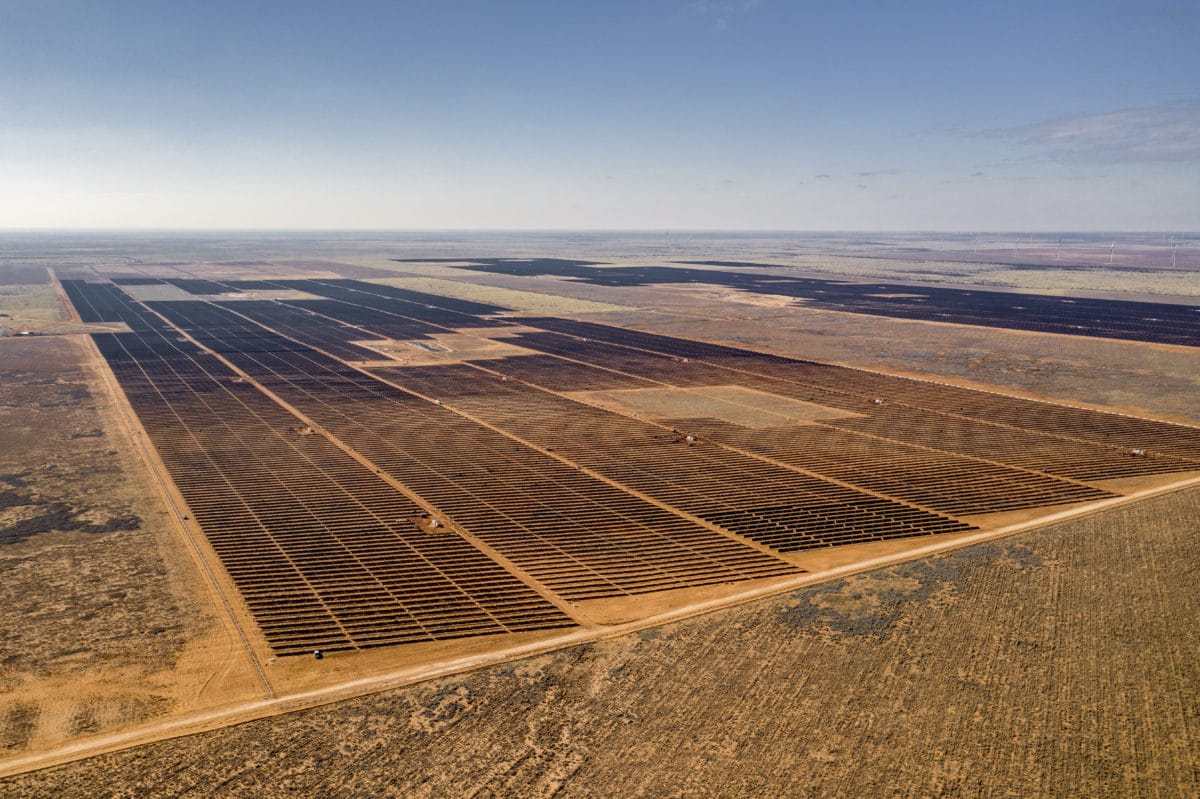The Muscle Shoals solar farm, the largest renewable energy project in Alabama, is expected to come online mid 2021. This project and a few others has Alabama rocketing up the state rankings in 2020 (from its 49th placing in 2019).
The project has a 20-year power purchase agreement with the Tennessee Valley Authority.
- The EPC is Swinerton Renewable Energy
- Modules will be First Solar’s Series 6 technology
- Inverter supply with Power Electronics
- Tracker supply with Nextracker
- Wells Fargo is the sole tax equity investor in the project.
Longroad Energy will manage the construction of this project in the rapidly growing Southeast solar market.
A big project for TVA
Longroad Energy CEO and cofounder Paul Gaynor spoke to pv magazine about the Muscle Shoals project, big utility projects and the tax equity environment in 2020 and its impact on developers.
Gaynor notes, “We have a pretty strong influence on panel selection, trackers and inverters — the big three.” The rest of the stuff is left to the EPC.
One of the more notable characteristics of the Muscle Shoals project, Gaynor notes, is the counterparty on this “high-profile” 20-year contract — TVA. “They themselves are going through a transition and getting more renewables online,” he said, adding, TVA has done a “good job of opening the door to renewable development.”
Although TVA has had a mixed record with solar policies, TVA’s data center customers such as Google are moving towards 100% renewable energy — and are pulling their utilities along with them.
Big projects
Utility-scale solar and big solar projects have allowed U.S. solar to have a growth year in 2020, despite sluggish residential and commercial markets. The U.S. has a ~40 GW pipeline of utility-scale solar.
Longroad developed and co-owns with AIP the massive Prospero I, a 379-MW solar farm under construction in Andrews County, Texas. The project is comprised of nearly 3.2 million PV panels and just became operational.
The CEO of Longroad said “It’s all about the economics of scale. If you have the property and interconnection capacity, adding 25 MW or 50 MW can make a meaningful difference.”
Long Road already owns more than a gigawatt of wind and solar assets and Gaynor notes, “Our business model is relatively flexible. There are some assets that we’ve developed that we’ve retained ownership — it’s a function of what’s happening in the market.”
Tax equity
What keeps the CEO of a large-scale solar project developer up at night? It’s the tax equity climate.
“From someone in my seat, it is the single largest risk around projects actually done. It’s a real issue. Demand is way in excess of supply.”
He adds, “You have to have tax equity — we can never win a project and be competitive without it. The biggest issue with getting a deal completed is a reliable tax equity partner.”
And he notes, “There is definitely not an oversupply of tax equity.”
This content is protected by copyright and may not be reused. If you want to cooperate with us and would like to reuse some of our content, please contact: editors@pv-magazine.com.









By submitting this form you agree to pv magazine using your data for the purposes of publishing your comment.
Your personal data will only be disclosed or otherwise transmitted to third parties for the purposes of spam filtering or if this is necessary for technical maintenance of the website. Any other transfer to third parties will not take place unless this is justified on the basis of applicable data protection regulations or if pv magazine is legally obliged to do so.
You may revoke this consent at any time with effect for the future, in which case your personal data will be deleted immediately. Otherwise, your data will be deleted if pv magazine has processed your request or the purpose of data storage is fulfilled.
Further information on data privacy can be found in our Data Protection Policy.